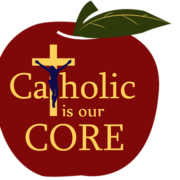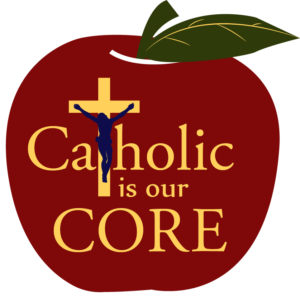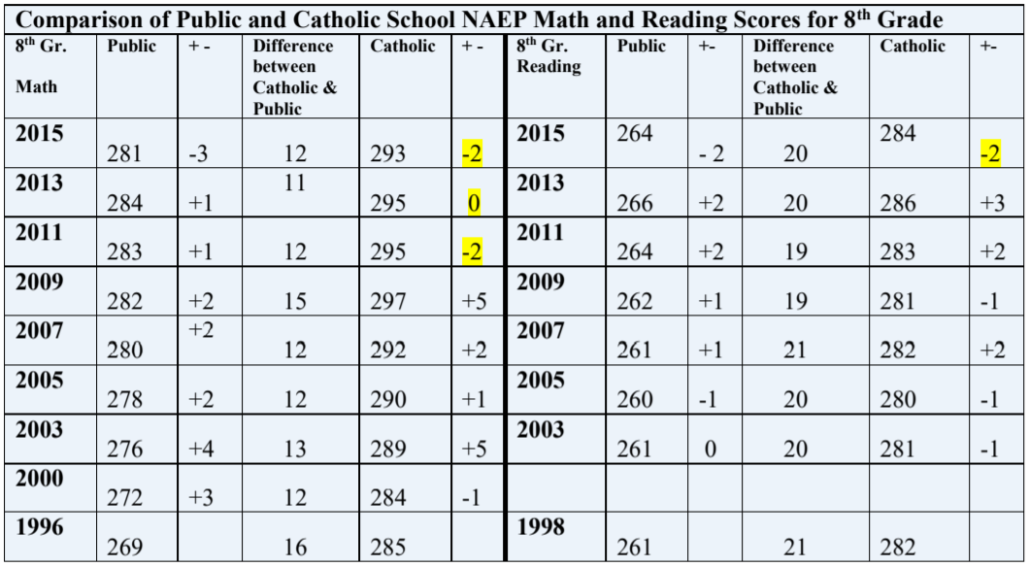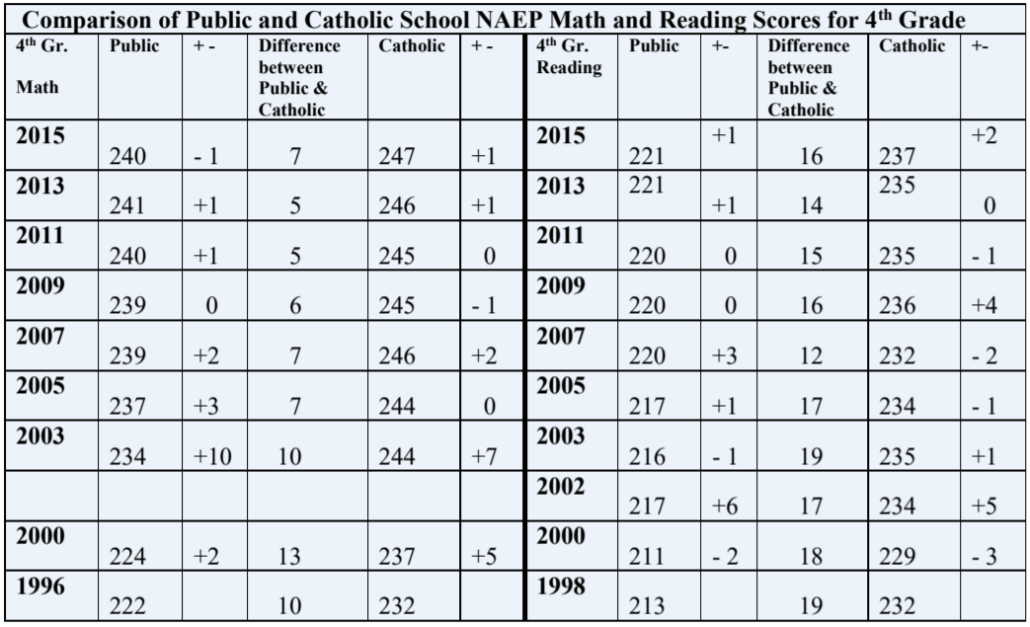Editor’s Note: The following article is reprinted from a 2014 newsletter, which was based upon materials The Cardinal Newman Society provided to U.S. bishops at a November 2013 meeting.
In December 2013, The Cardinal Newman Society issued a statement expressing serious reservations about the rapid adoption of the Common Core State Standards in Catholic schools across the country:
The Cardinal Newman Society is concerned that adoption of the Common Core at this time is premature. Worse, it may be a mistake that will be difficult or impossible to undo for years to come.
We do not doubt the good intentions of those who advocate the Common Core in Catholic schools, and we acknowledge their confidence that Catholic schools can maintain a strong Catholic identity even while measuring their quality according to secular standards.
But we do not share this confidence, in light of the sad experience in recent decades of many Catholic colleges, hospitals, and charities that believed they could infuse Catholic identity into the secular standards that they embraced.
The Common Core standards — developed with funding from the Bill and Melinda Gates Foundation and promoted with federal grants from the Obama administration — were adopted rapidly by many states and have quickly become controversial, often in the political arena but also in Catholic circles. We responded to these radical changes in education by launching our Catholic Is Our Core initiative. We have also expanded our programs for K-12 Catholic education. Our added expert staff will promote and defend faithful Catholic education with regard to Catholic school standards, accreditation, teacher orientation, new school startup procedures while we continue our popular Catholic Education Honor Roll.
This has all moved so rapidly, and The Cardinal Newman Society continues to receive questions about the Common Core and Catholic education nearly every day. For your convenience, we have detailed 10 facts that every Catholic should know about the Common Core. In addition, our statement on the Common Core and many other helpful resources are available on our special Common Core website, CatholicIsOurCore.org. We welcome your contributions of additional information and insights that may be valuable to Catholic parents, educators, pastors, and bishops.
1. The Common Core is not mandatory for Catholic schools.
No government has required the Common Core in private schools, and Catholic educators are under no obligation to conform. It is up to each state whether to adopt the standards as their own, and those standards are mandatory only for government schools.
Nevertheless, for decades many Catholic schools have voluntarily conformed their curricula and teaching to secular state standards — now Common Core in most states.
The lack of distinct standards for authentic Catholic education has long been a concern, but it is getting more attention due to the national controversy over the Common Core.
2. The Common Core is not intended for Catholic education.
The Common Core’s stated purpose falls far short of the Holy See’s rich vision for Catholic education: “The standards … are designed to ensure students are prepared for today’s entry-level careers, freshman-level college courses, and workforce training programs.”
While educators and reformers are hotly debating whether the Common Core’s objectives are appropriate for government schools, clearly the objectives were not developed with Catholic education in mind. Catholic education is much greater than college and career preparation.
Archbishop J. Michael Miller, CSB, former secretary to the Congregation for Catholic Education, explained in a 2005 lecture at The Catholic University of America:
The enduring foundation on which the Church builds her educational philosophy is the conviction that it is a process which forms the whole child, especially with his or her eyes fixed on the vision of God. The specific purpose of a Catholic education is the formation of boys and girls who will be good citizens of this world, enriching society with the leaven of the Gospel, but who will also be citizens of the world to come. Catholic schools have a straightforward goal: to foster the growth of good Catholic human beings who love God and neighbor and thus fulfill their destiny of becoming saints.
3. Catholic schools already outperform public schools.
The Common Core is a response to the failings of government schools. It can’t be assumed that the standards will improve Catholic schools, which for two decades have outperformed public schools on the federal National Assessment of Educational Progress (NAEP) tests. In 2013, eighth-grade students at Catholic schools had an average score of 286 in reading (as compared to 226 at government schools) and 295 in math (284 at government schools).
Likewise, in 2011, students from “religious schools” far outperformed those at government schools on the Scholastic Achievement Test (SAT). They scored 531 in reading (government schools 449), 533 in math (government schools 506) and 528 in writing (government schools 483).
Some have expressed concern that national tests are adjusting to conform to the Common Core. This is true of many common tests like the SAT and the California Achievement Test (CAT). Others, like the ACT college readiness test and the Iowa Test of Basic Skills, will remain stable for at least several years. Regardless, students with a strong Catholic education should continue to perform well on Common Core-adjusted tests.
Meanwhile, Catholic educators can and should develop national tests that measure success according to authentic Catholic education standards. Testing companies will be eager to serve more than 2 million Catholic school students plus homeschoolers, and quality colleges will continue to be eager to recruit graduates with a traditional Catholic education.
4. Catholic schools already prepare students for college and career.
Even if the Common Core truly helps prepare students for college and career, Catholic education has no apparent need of such help. According to the National Catholic Educational Association (NCEA), Catholic high schools already have a 99 percent graduation rate, as opposed to 73 percent in government schools. Most Catholic school graduates attend four-year colleges (85 percent), as opposed to fewer than half (44 percent) of government school graduates.
It is primarily two-year community colleges and government universities that have expressed enthusiasm for the Common Core standards, which aim for entry-level job skills. An authentic Catholic education prepares students for success in life as well as vocation, and the typical graduate is well-prepared for a college-level liberal arts education.
5. The Common Core is rushed, untested and experimental.
The Common Core was developed quietly by a few bureaucrats using Gates Foundation funds and then “sold” to the National Governor’s Association and the Council of Chief State School Officers to avoid public scrutiny and accountability. It became popular to educators and then legislators as the Obama administration dangled a promise of federal grants, causing many states to adopt Common Core standards even before they were completed. Catholic educators and bishops were warned that “it is important to get on board” with the untested standards.
The Common Core standards have never been tested, and there is no evidence that they will achieve their objectives of college and career readiness. Indeed, although standards influence how educational success is measured, even the “best” state standards — as ranked by the respected Thomas B. Fordham Institute — have no discernible impact on student outcomes.
Instead, the Common Core’s English language and “new math” standards were developed by little-known “experts” with no solid research basis, despite misleading claims. For instance, the push for reading more “informational texts” — such as manuals and scientific articles — relies upon distortions of NAEP data. The 2006 federal Progress in International Reading Literacy Study (PIRLS) found that higher NAEP scores for literacy in fact correlate to more reading of novels and less frequent reading of information.
6. The Common Core is (ultimately) about textbooks and curriculum.
The Common Core’s proponents note that standards are not the same as curricula, textbooks or teaching, and so adopting the Common Core does not — in itself — control what happens in the classroom. But it’s disingenuous to ignore the huge impact that standards can have on students. Textbook publishers and testing companies are already conforming to the Common Core, and the standards do prompt changes in curricula and teaching.
The Gates Foundation has committed more than $10.5 million in grants to develop Common Core-compliant curricula. In May 2014, the Foundation also granted $10 million to the New Ventures Fund to help implement Common Core with “lesson plan content, webinars, online platforms for sharing instruction plans, and networking events.”
Textbook publishers look to make millions of dollars with new products that conform to the Common Core, and many such texts are already in Catholic schools. Not surprisingly, publishers are among the leading supporters of the Common Core.
7. The Common Core may hinder students’ education and formation.
Hardly the least concern, critics have noted several ways in which the Common Core could do real harm to education. The standards demand greater emphasis on reading informational texts, with a corresponding decrease in great literature. Some recommended (not required) texts are morally problematic. The “new math” techniques ignore traditional and successful math programs. Math standards are lowered: pre-algebra or algebra is no longer the eighth-grade norm, nor pre-calculus or calculus for 12th grade. Some of the expectations are simply not age-appropriate.
The emphasis on skills and career preparation ignores other aspects of student formation that are key to Catholic education. Proponents argue that the Common Core can be supplemented with Catholic instruction, so weak standards do no harm. But if the success of schools and students is measured by the Common Core standards, the natural inclination is to reduce attention to Catholic identity and student formation. It is the same path taken by now-secularized Catholic colleges.
8. The Common Core violates the principle of subsidiarity.
National standards tend to confine educators to a particular vision for education, which stifles innovation and threatens the independence and unique mission of Catholic schools. In April of 2014, the U.S. bishops’ office for Catholic education issued a statement acknowledging their concerns about the Common Core:
In the Church, the principle of subsidiarity directs that human events are best handled at the lowest possible level, closest to the individuals affected by the decisions being made. … This principle provides a great strength for Catholic schools as it gives the local diocesan and school community the ability to make decisions at the school level related to guidelines and curriculum. It also allows for adjustments and adaptations to be made by teachers and administrators for the children under their care.
Subsidiarity also applies to the parents’ role as first educators of their children, a fact taught clearly in the Holy See’s teaching on Catholic education. Parents have been largely absent from decisions regarding the Common Core. Our Catholic Is Our Core initiative seeks to bring parents into the conversation so their concerns are heard.
9. The Common Core may endanger religious freedom for Catholic educators.
State and federal involvement in Common Core could lead to religious liberty violations. Catholic schools’ protection from threats like the HHS mandate depends on showing consistent Catholic identity, because First Amendment protections often depend on demonstrating a bona fide religious character. The Common Core may diminish a school’s Catholic identity by “crowding out” important elements of authentic Catholic formation, emphasizing skills and practicality over vocation, and failing to teach reasoning from a foundation of truth.
10. Our “common core” is our Catholic faith.
Catholic education didn’t become successful by striving for secular standards; its success begins with its Catholic mission. Traditional classroom methods and pedagogy in Catholic schools developed precisely because of the desire to form students morally, spiritually, intellectually and socially. “Reforms” that are not rooted in the Catholic faith are unlikely to bear good fruit.
Many educators see the danger. In a Cardinal Newman Society survey of Catholic high school principals, only 26 percent told us they prefer to adopt the Common Core as it is, without significant changes to protect Catholic identity. Among principals of our Catholic High School Honor Roll schools, 32 percent would reject the Common Core entirely, while 40 percent want the Church to pause and take more time to study the standards.
Our purpose, then, for our Catholic Is Our Core initiative remains “to provide those concerned about faithful Catholic education with solid information, analysis and arguments to more fully understand the potential impact of the Common Core on Catholic education and to advise caution about the Common Core until it can be further studied and evaluated.” It is our hope that the Common Core proves to be the catalyst that leads to more helpful standards and reforms, resulting in even stronger Catholic education.
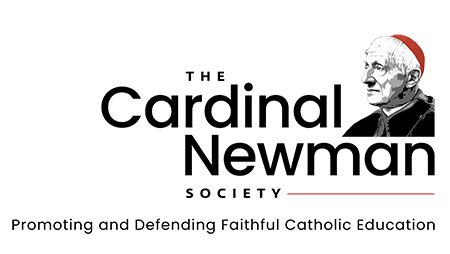

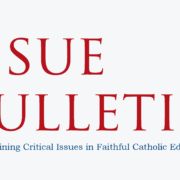
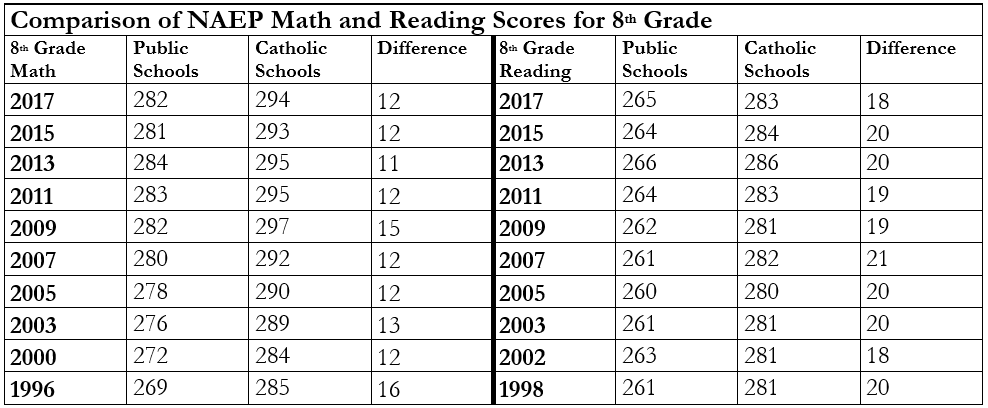
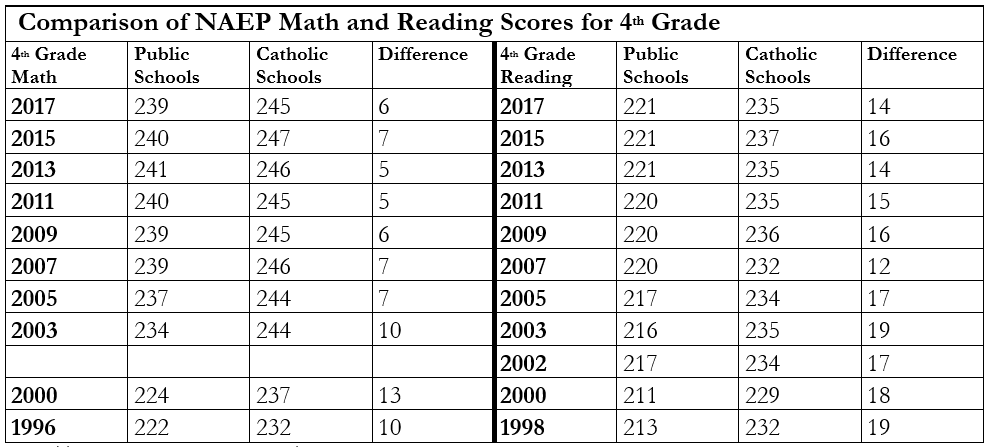
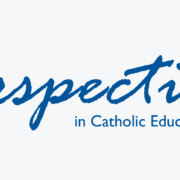

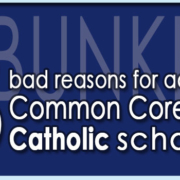
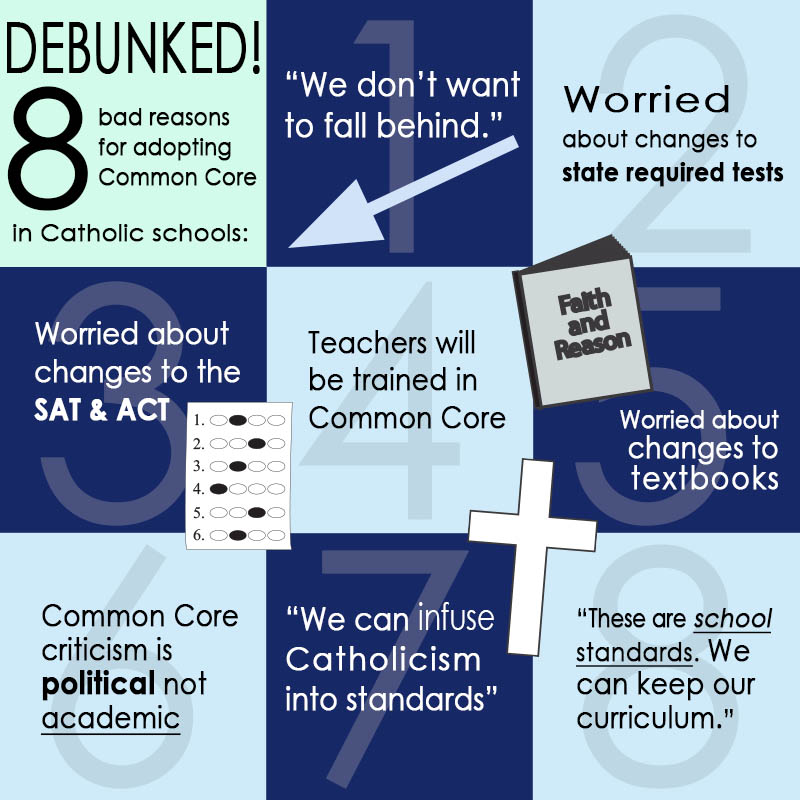
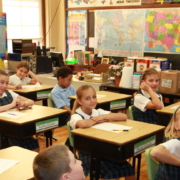 St. Agnes School, St. Paul, MN
St. Agnes School, St. Paul, MN
